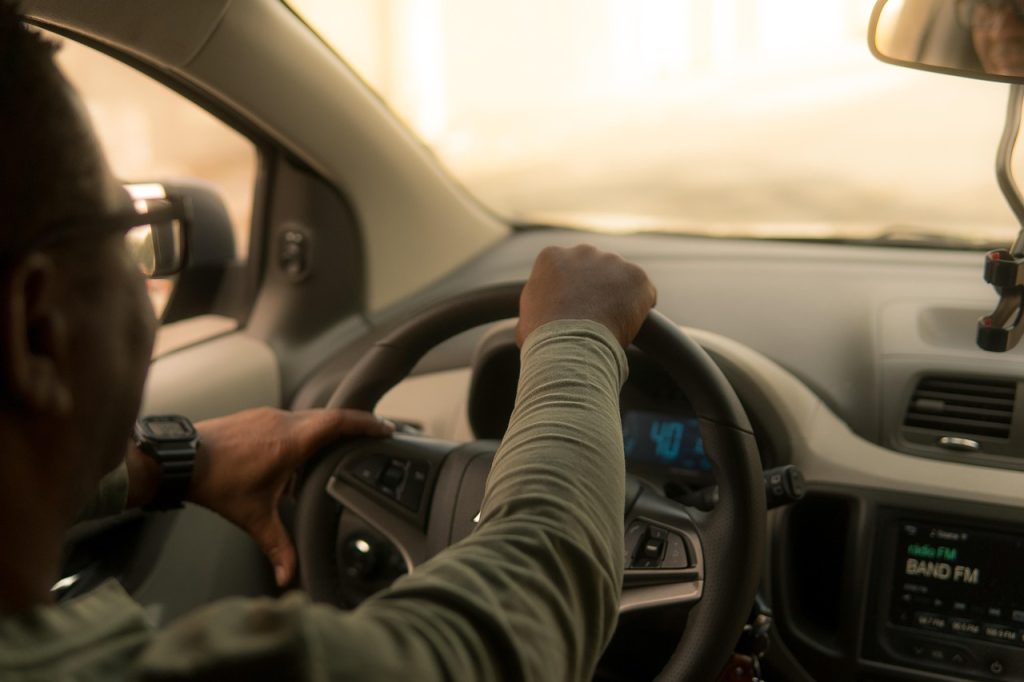
What to Do in Ibiza Without a Car?
Traveling to Ibiza means paradise beaches, hidden coves, and a vibrant nightlife. However, not all visitors plan to rent a car. Some prefer to avoid driving on holiday, others travel on a tighter budget, and many simply want more sustainable ways to move around. The good news is that getting around Ibiza without a car is totally possible and can actually be a different way to enjoy the island at a slower pace.
In this guide, we’ll show you all the options for moving around Ibiza without driving, from public transport to taxis, ferries, organized excursions, and even luxury services.
What Is the Best Way to Get Around Ibiza?
The answer depends on your travel style. For short and budget-friendly trips, the bus is a great option. If you prefer speed and comfort, a taxi can save the day. And if you want total freedom without depending on schedules, then renting a scooter or bicycle is ideal.
Those looking for exclusivity and premium service often choose to book a luxury taxi in Ibiza with a private chauffeur, an alternative that is becoming more and more popular among demanding travelers.
Public Transport in Ibiza: The Most Affordable Option
How Do You Pay for Public Transport in Ibiza?
You can pay directly to the bus driver, usually in cash. Prices vary depending on the route and distance.
How Much Is the Bus in Ibiza?
A single ticket usually costs between €1.50 and €4.00, depending on the route. In high season, the famous Disco Bus also operates, connecting the island’s main clubs throughout the night.
Do You Need Cash for the Bus in Ibiza?
Yes, it’s best to carry cash since not all buses accept card payments. Even though Ibiza is increasingly card-friendly, it’s wise to keep some coins and notes for public transport.
What to Do in Ibiza on Foot?
Although Ibiza is an island that invites you to explore by car, walking is also a charming way to experience it. Ibiza Town, San Antonio, and Figueretes are perfect areas to enjoy on foot: historic streets, restaurants, shops, and sea views.
How Long Does It Take to Walk Across Ibiza?
Ibiza is around 40 km long, so crossing the island on foot isn’t realistic for a holiday. However, hiking routes between nearby coves or exploring town centers is absolutely recommended.
Options for Getting Around Ibiza Without a Car
1. Buses
The bus is the cheapest way to move around Ibiza. There are more than thirty routes connecting the five main municipalities and many popular beaches. In summer, schedules are more frequent and include night routes such as the Disco Bus, especially popular with young people.
2. Ferries and Boats
Moving by sea is another fantastic alternative. From San Antonio, for example, small ferries connect different points in the bay or take you to nearby coves. You can also catch boats to Formentera, a must-do excursion if you want to discover another Balearic gem.
3. Taxis
Taxis are more expensive than buses, but they’re very practical when you want to get to your destination quickly without worrying about schedules. Average fares are:
- Airport to Ibiza Town: €15–20
- Ibiza Town to San Antonio: €20–25
- San Antonio to Santa Eulalia: €30–35
If what you’re after is a different experience with premium vehicles and personalized service, then the best choice is Ibiza Vip Car, which offers a premium transfer service for travelers who value comfort and exclusivity.
4. Renting Scooters and Bicycles
If you don’t want to rely on taxis or buses, renting a scooter or bicycle is an eco-friendly, affordable, and fun option. Scooters let you reach hidden coves and avoid traffic, while bikes are perfect for short distances and enjoying the surroundings at a slower pace.
Is It Better to Carry Cash or Card in Ibiza?
Most restaurants, bars, and shops accept cards without issues. However, for public transport and small local businesses, it’s advisable to always have some cash.
How Do People Get Around in Ibiza?
Locals usually combine cars, scooters, and bikes in their daily routines. Tourists, on the other hand, split between:
- Bus for affordable travel.
- Taxi for comfort and speed.
- Scooters and bikes for freedom.
- Boats to reach coves or Formentera.
- And increasingly, exclusive chauffeur services, offering a more personalized travel experience.
How to Plan Your Mobility Without a Car
- Choose strategic accommodation: Staying in Ibiza Town, San Antonio, or Figueretes allows you to move easily by bus or on foot.
- Check schedules and stops: Planning ahead will save you both time and money.
- Combine options: Use buses for long distances, walk through historic towns, and take ferries to discover remote beaches.
What If You Decide to Drive?
Although this article focuses on alternatives, it’s true that driving is the most practical option for exploring Ibiza without limitations. A car lets you reach every corner of the island and make the most of your time. However, in high season, traffic can be heavy and parking in urban areas isn’t always easy.
That’s why many visitors consider whether it’s worth renting a car or if they’d rather enjoy a more relaxed holiday using buses, taxis, and private services.
Conclusion
Getting around Ibiza without a car is not only possible but can also be a calmer and more authentic way to enjoy the island. Between buses, boats, taxis, and excursions, there are plenty of options to suit different budgets.
For travelers who want to take it to the next level and enjoy maximum comfort, booking a luxury taxi in Ibiza with Ibiza Vip Car is the perfect choice. An exclusive service designed for those who value discretion, punctuality, and worry-free travel.
In the end, the key is to combine public transport, walking, and private services depending on what you’re after: affordability, adventure, or luxury. Whatever you choose, Ibiza has the perfect formula for enjoying the island without a car.